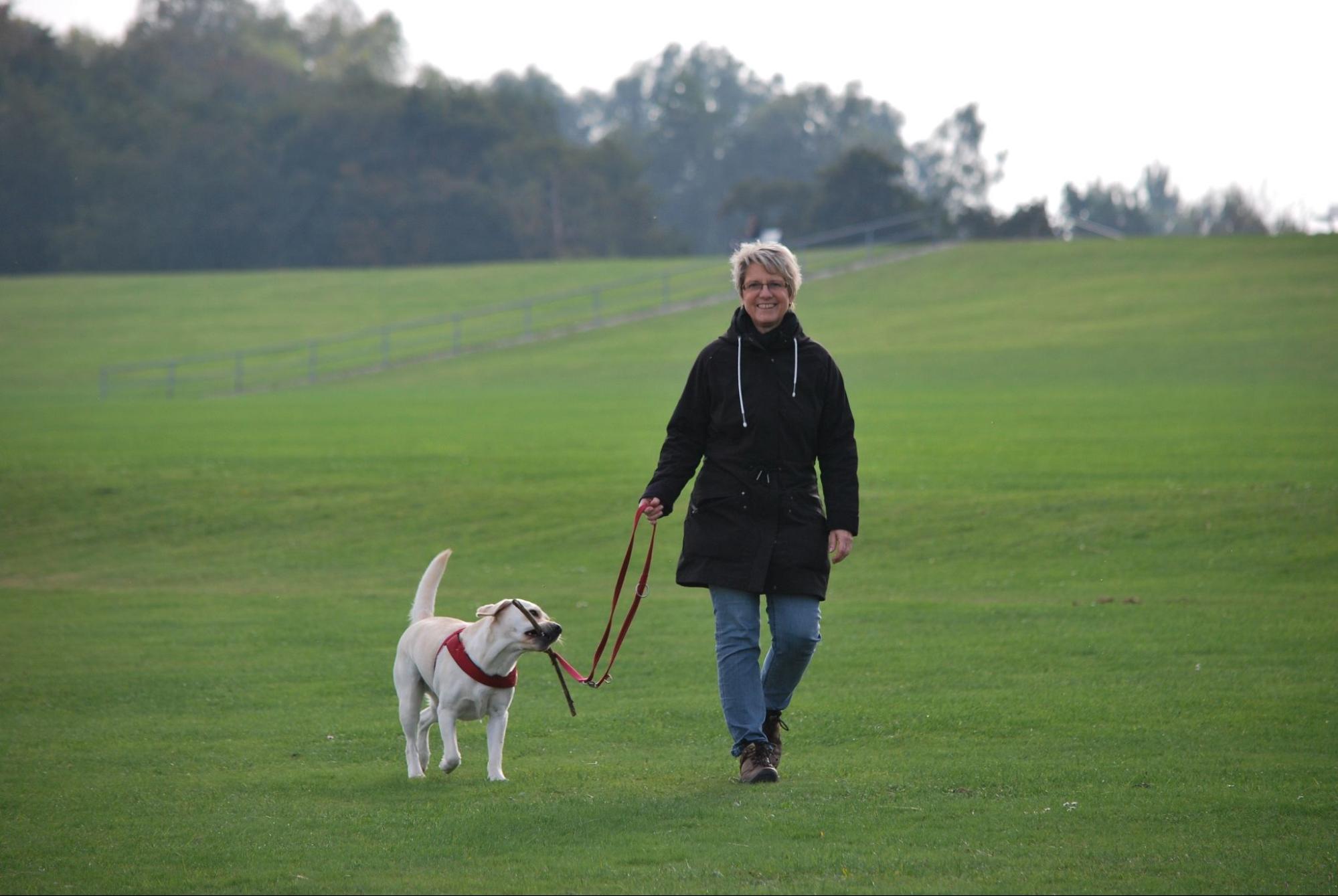How To Help A Paralyzed Dog Poop
If you have a paralyzed dog, you may be wondering how to help them with their bowel movements. It can be a challenging and delicate situation, but there are steps you can take to assist your furry friend. One important thing to keep in mind is that every dog’s condition is unique, so it’s essential to consult with your veterinarian for specific guidance tailored to your Labrador or any other breed.
Firstly, establishing a routine is crucial. Regularly taking your paralyzed dog out for bathroom breaks can help stimulate their bowels and encourage regular bowel movements. Try to maintain a consistent schedule for feeding and bathroom trips. Additionally, providing your dog with plenty of exercise within their capabilities can aid in promoting digestive regularity.
Secondly, consider adjusting their diet. High-fibre foods like pumpkin puree or adding fibre supplements recommended by your vet can help regulate bowel movements and prevent constipation. Adequate hydration is also vital, so ensure fresh water is always available for your pup.
Lastly, if necessary, manual assistance may be required. Your vet will show you the correct technique for helping your paralyzed dog poop safely without causing any discomfort or harm.
Remember, caring for a paralyzed dog requires patience and understanding. With proper support and guidance from professionals, you can find ways to make this aspect of their daily life more manageable while ensuring they stay happy and healthy.

Understanding Paralysis in Dogs
Paralysis in dogs can be a distressing condition, especially for pet owners who are unsure of how to help their furry companions. In this section, I’ll provide some insights into understanding paralysis in dogs, with a focus on how it affects their ability to poop and what you can do to assist them.
- Causes of Paralysis: Paralysis in dogs can occur due to various reasons such as spinal cord injuries, degenerative diseases like intervertebral disc disease (IVDD), or neurological conditions like stroke or tick paralysis. Certain breeds, including Labradors, may be predisposed to specific conditions that increase the risk of paralysis.
- Effects on Bowel Movements: When a dog becomes paralyzed, it not only affects their mobility but also impacts their ability to control their bowel movements. The loss of muscle function and nerve control makes it challenging for them to voluntarily eliminate waste.
- Signs of Difficulty: As a pet owner, it’s essential to recognize the signs that indicate your paralyzed dog is having difficulty with bowel movements. These signs may include straining without producing stool, constipation, or an inability to posture properly for elimination.
- Assisting with Bowel Movements: Helping a paralyzed dog poop requires patience and understanding. Here are some methods you can try:
- Dietary adjustments: Consult with your veterinarian about modifying your dog’s diet by increasing fibre intake or incorporating specialised foods that aid digestion.
- Regular exercise: Encourage gentle exercise routines tailored to your dog’s abilities as increased physical activity stimulates bowel movement.
- Expressing the bladder and bowels: Learn from your veterinarian or a professional how to manually express your dog’s bladder and bowels if they are unable to do so themselves.
- Hygiene practices: Keep your dog clean by regularly washing their hindquarters to prevent discomfort and infections.
Remember, it’s crucial to consult with your veterinarian before implementing any changes or techniques to help your paralyzed dog poop. They can provide personalized guidance based on your dog’s specific condition and needs.
Understanding the challenges of paralysis in dogs is an important step towards providing them with the care they require. By being attentive and proactive, you can make a significant difference in their quality of life.